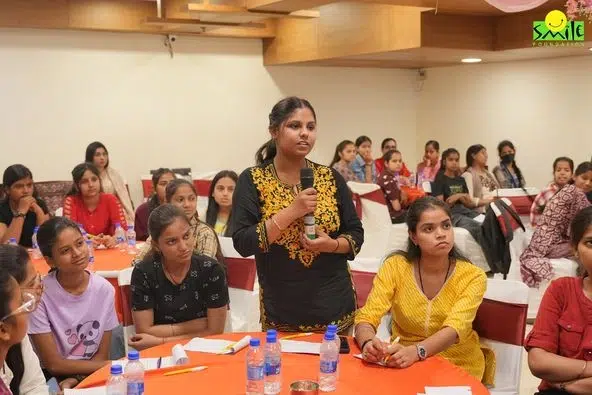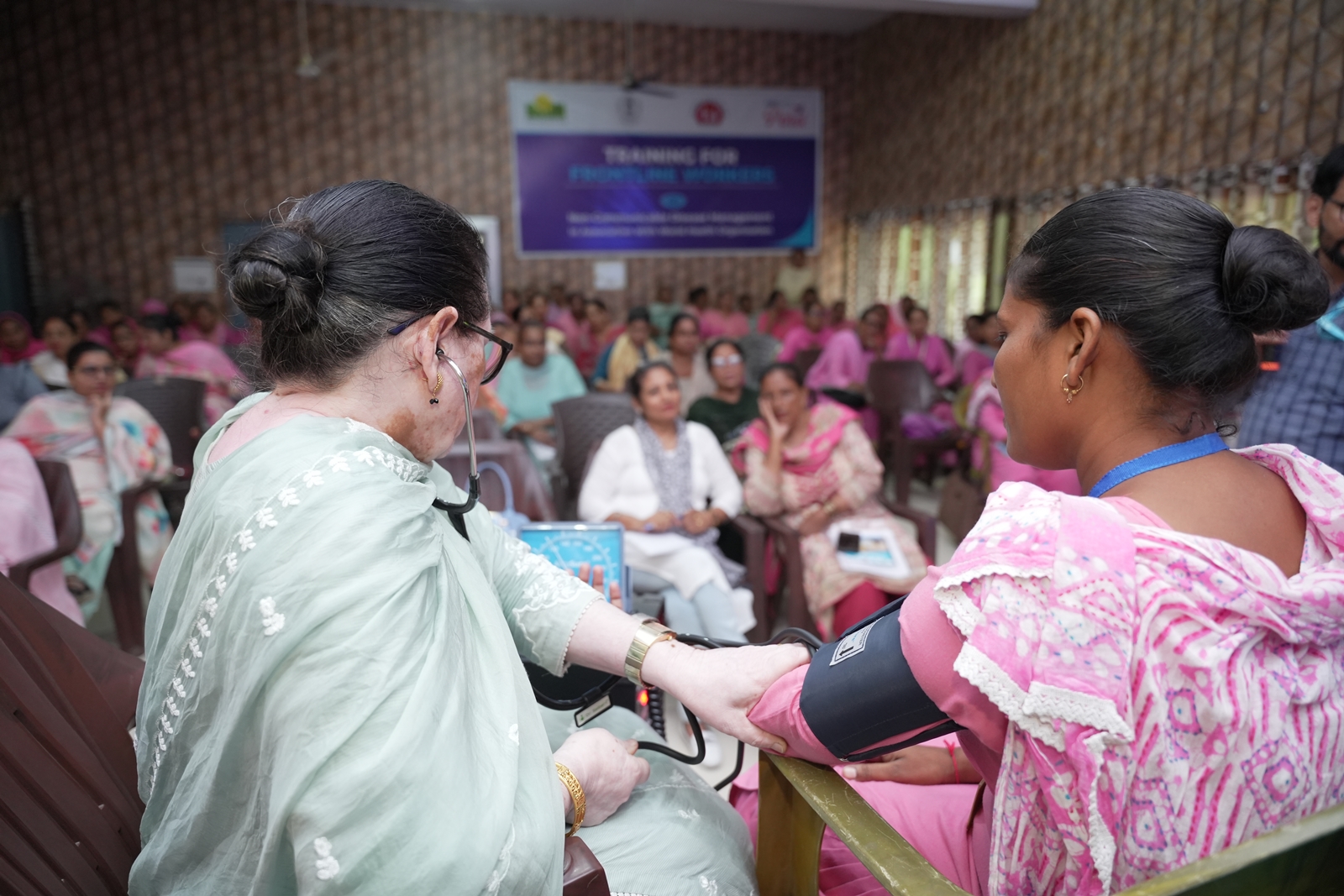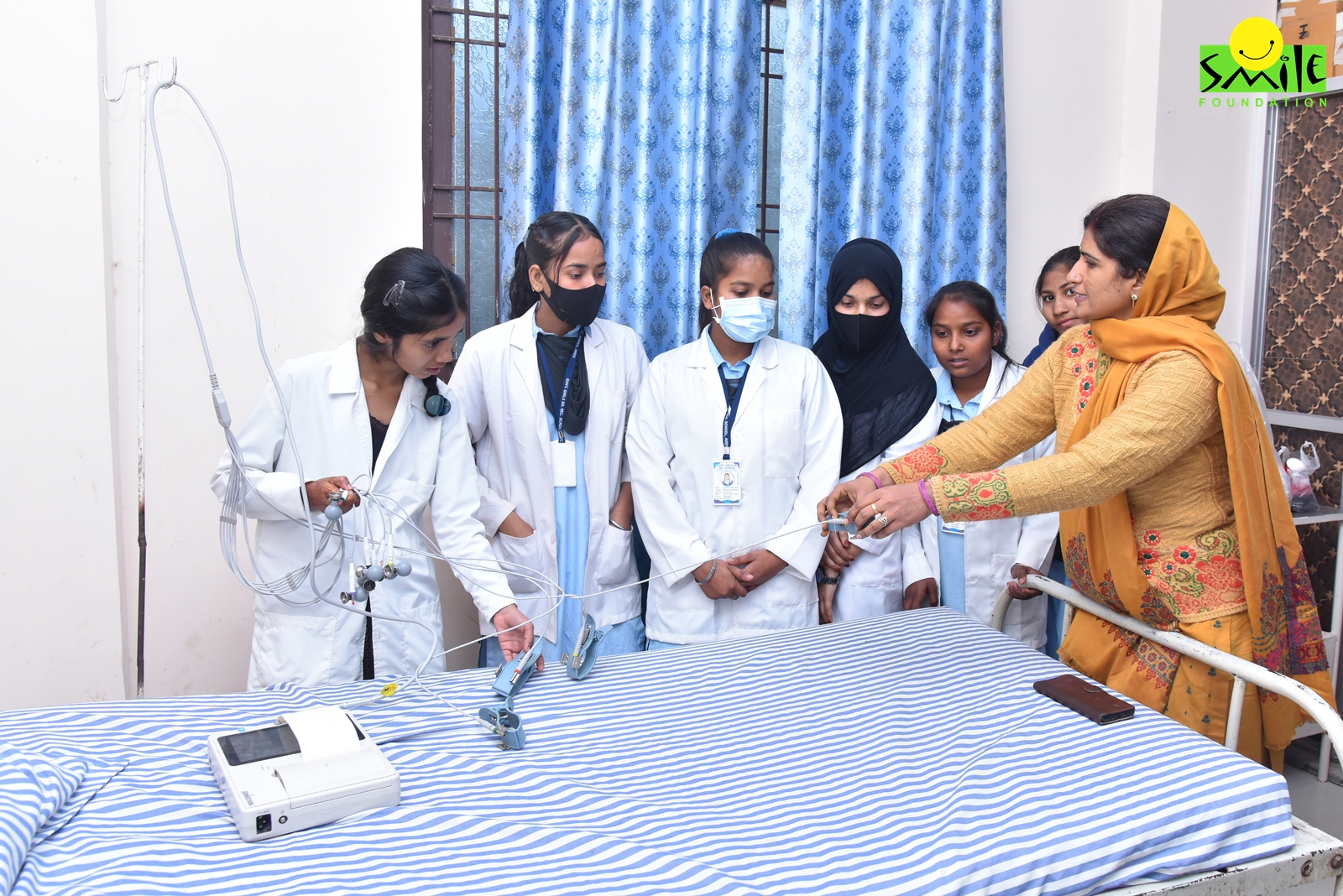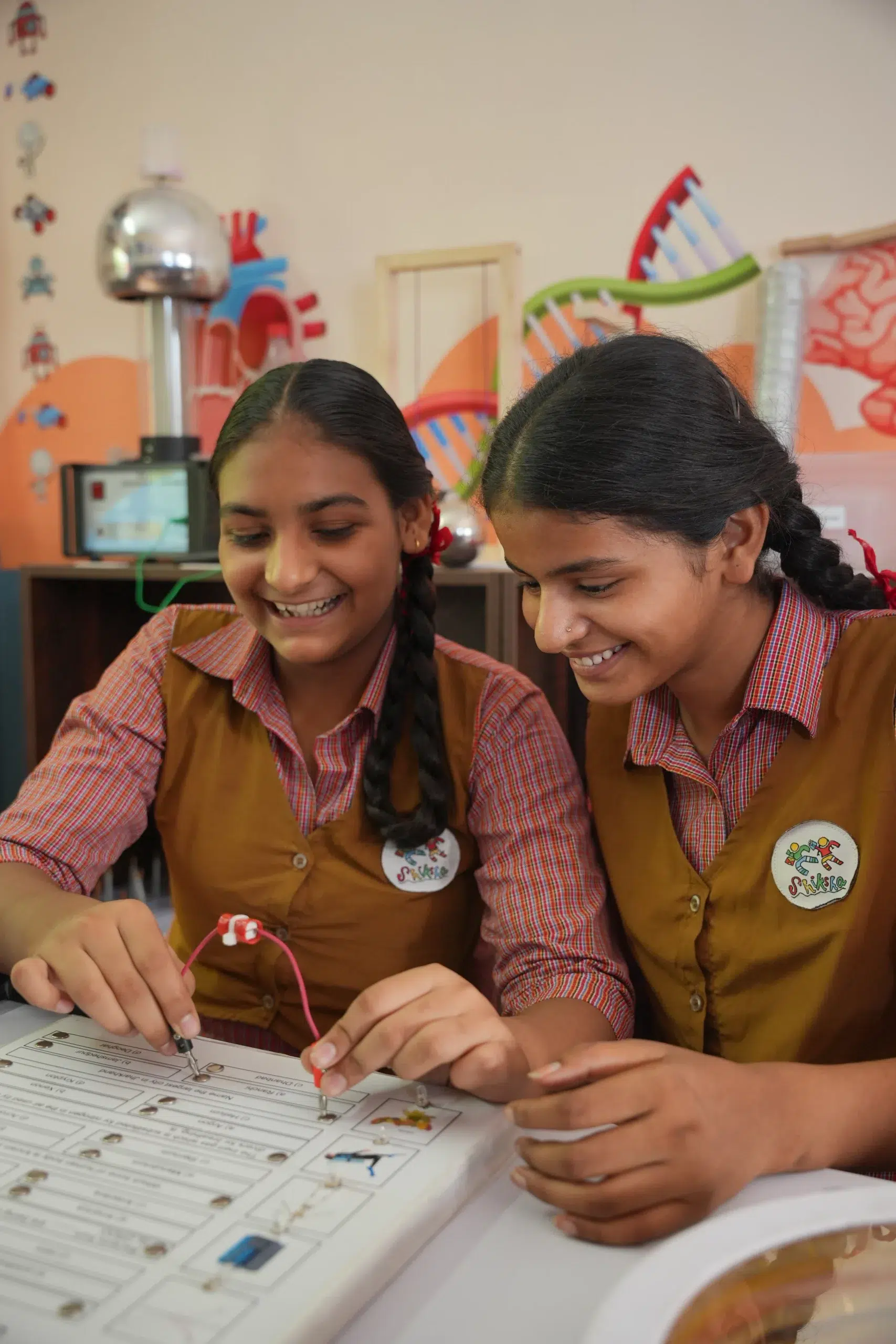Dr. APJ Abdul Kalam – The Missile Man and a former President of India, relied on scholarships throughout his educational journey. Dr. B.R. Ambedkar, with the support of scholarships, studied at prestigious institutions like Columbia University and the London School of Economics. Olympic boxing champion Mary Kom, who grew up in a poor farming family in Manipur, was able to pursue sports thanks to scholarships and financial aid. Malala Yousafzai, the youngest-ever Nobel laureate and an advocate for education of girls, benefited from scholarships that allowed her to continue her studies in the UK. Former U.S. President Bill Clinton, who attended the University of Oxford as a Rhodes Scholar.
These stories demonstrate the life-changing power of scholarships, which help individuals from economically weaker backgrounds overcome financial limitations and pursue their dreams. In a country like India, where many young people face similar challenges, scholarships provide a crucial gateway to opportunity and upward mobility.
India: A Young Nation with Big Ambitions
India is currently one of the youngest countries in the world, with over 65% of its population below the age of 35. The potential of this young demographic to drive innovation and economic growth is immense. However, to harness this potential, the country must focus on strengthening its education system and providing equal access to quality education for all.
In recent years, India has made significant strides in improving literacy rates, but challenges remain. According to recent data, more than 25% of Indian students drop out before completing secondary education, with financial constraints being a major factor. According to the Unified District Information System for Education Plus (UDISE+), the dropout rate in India for upper primary school students was around 15% in recent years and this figure increases for students from economically weaker backgrounds.
Additionally, higher education remains out of reach for many due to high tuition fees, the cost of living and other related expenses. This disparity in access to education limits many young Indians from realising their full potential and, by extension, hinders the country’s progress as a whole.
Bridging the Accessibility Gap through Scholarships in India
According to recent data from the Ministry of Labour and Employment, around 10 million children in India are engaged in child labor, with many working in informal sectors to help support their families. Higher education in India is often financially burdensome, especially for families in lower-income brackets. Government data shows that approximately 70% of students in rural areas depend on loans or external support to pursue college degrees. Despite these challenges, demand for quality education is high and students are willing to go to great lengths to pursue their dreams. For many, however, the dream of a degree remains elusive without adequate financial support.
With the rising cost of private education and limited seats in government colleges, the competition for affordable, quality education is intense. This lack of access to higher education due to financial limitations not only impacts students but also affects India’s progress as a developing nation.
Cultural expectations and traditional mindsets also limit access to education, particularly for girls in economically weaker sections. Gender bias can lead to early marriages and dropout rates among girls, particularly in rural and lower-income households. The Annual Status of Education Report (ASER) indicates that only about 67% of girls in the 15–18 age group are enrolled in school, with economic and social pressures often pulling them out early. For boys, traditional views may prioritise immediate work over extended schooling.
Scholarships in India to Support Education
Recognising the importance of education, the Indian government has launched several initiatives to support students from economically disadvantaged backgrounds. Programmes like the National Scholarship Portal (NSP) aim to simplify the scholarship application process and offer financial aid to deserving students. The Pradhan Mantri Uchchatar Shiksha Abhiyan (PM-USHA) seeks to improve the infrastructure of government colleges, while the Central Sector Scheme of Scholarship (CSSS) provides financial assistance to meritorious students from low-income families. These initiatives, while commendable, have limitations and cannot cover the vast demand entirely. As a result, nonprofits and other organisations have stepped in to bridge the gap.
Nonprofits and Their Role in Bridging the Gap
One of the keyways nonprofits help bridge the educational gap is through their scholarship programmes. These scholarships provide financial aid to students, covering tuition fees, learning materials and sometimes even living expenses. By removing financial barriers, development organisations enable students to focus on their studies and realise their potential. This is especially important in a country like India, where many families struggle to afford education beyond the primary level.
In addition to direct financial aid, many nonprofits also focus on providing holistic support. They offer mentorship programmes where students can receive guidance on academic performance, career paths and life skills. Some nonprofits also facilitate internships and job placements, helping students gain real-world experience and become better equipped to enter the workforce. This combination of financial support, mentorship and professional development ensures that students are not only able to complete their education but are also prepared for a successful future.
Furthermore, they work to raise awareness in communities about the importance of education and the various scholarships available. Many rural or underserved families are unaware of scholarship opportunities and Development organisations help bridge this knowledge gap by organising awareness campaigns, workshops and outreach programmes. This proactive approach ensures that deserving students, who might otherwise miss out on opportunities, are aware of the resources they can access.
Smile Foundation’s Scholarship Programme
Smile Foundation has been at the forefront of promoting education for children from underserved communities. Smile Foundation’s scholarship programme provides financial support to deserving students who demonstrate academic promise and resilience. This scholarship not only covers tuition fees but also provides resources for learning materials and mentorship, offering students a comprehensive support system. Through this programme, Smile Foundation has enabled thousands of students to continue their education, empowering them to break the cycle of poverty and aim for better futures.
The impact of scholarships and educational support extends far beyond the individual. When students from marginalised backgrounds are given the opportunity to pursue higher education, it often leads to a positive ripple effect in their communities. Educated individuals can contribute to the development of their families, communities and even the nation at large. Scholarships serve as more than just financial aid; they are a gateway to opportunity, growth and success for students who might otherwise be left behind.
In a country like India, where financial constraints prevent many from pursuing their dreams, scholarships can be life changing. With initiatives from the government and support from organisations like Smile Foundation, a new generation of young Indians can overcome financial barriers and contribute meaningfully to society. Education is a powerful equaliser and scholarships ensure that every deserving student has a fair chance at success. By investing in education today, we’re building a stronger, more prosperous India for tomorrow.









